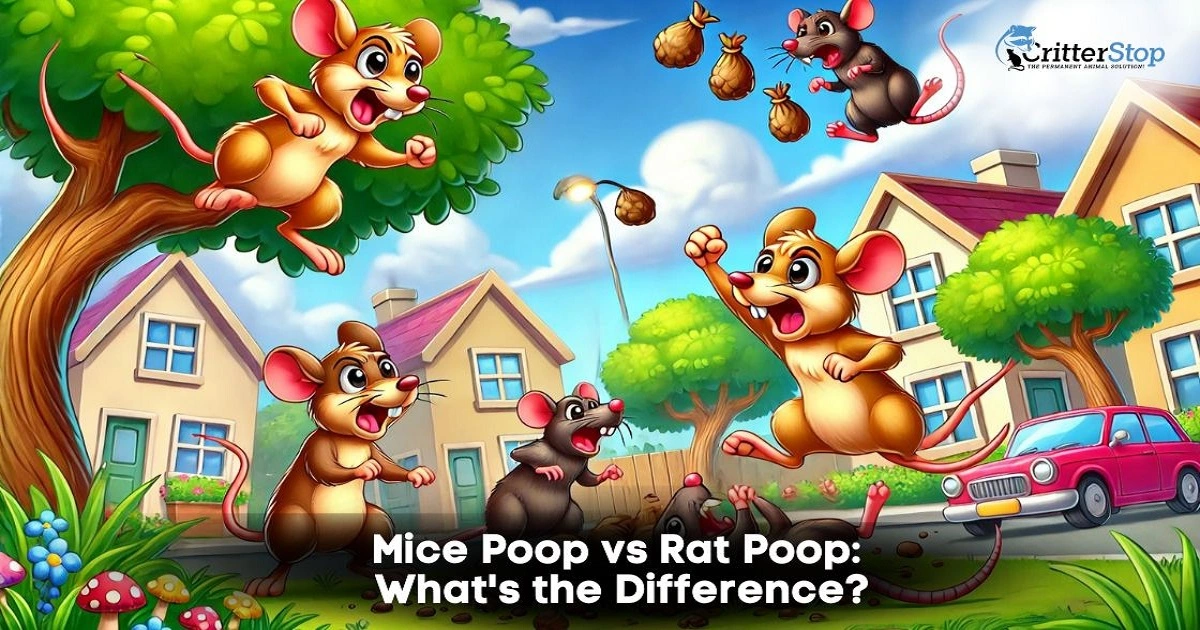
Mice and rats are the most common pests found in homes and buildings. These animals may look similar, but there are several differences between these two rodents, including the size of their droppings. Mice poop and rat poop can be easily distinguished from each other just by glazing at their size and shape.
Mice droppings are small, about the size of a grain of rice. They are colored black or dark brown and have a pointed end. Rat droppings, however, are larger and thicker, with a blunt end. They are usually about the size of a raisin and are dark brown.
It is essential to be able to distinguish between mouse poop and rat poop, as it can help in identifying which type of rodent is present in the area. Additionally, rodent droppings can be a health hazard, carrying diseases and contaminating food and surfaces. Understanding the differences between mice poop and rat poop can help you understand how to get rid of these pests and keep your home or building safe and clean.
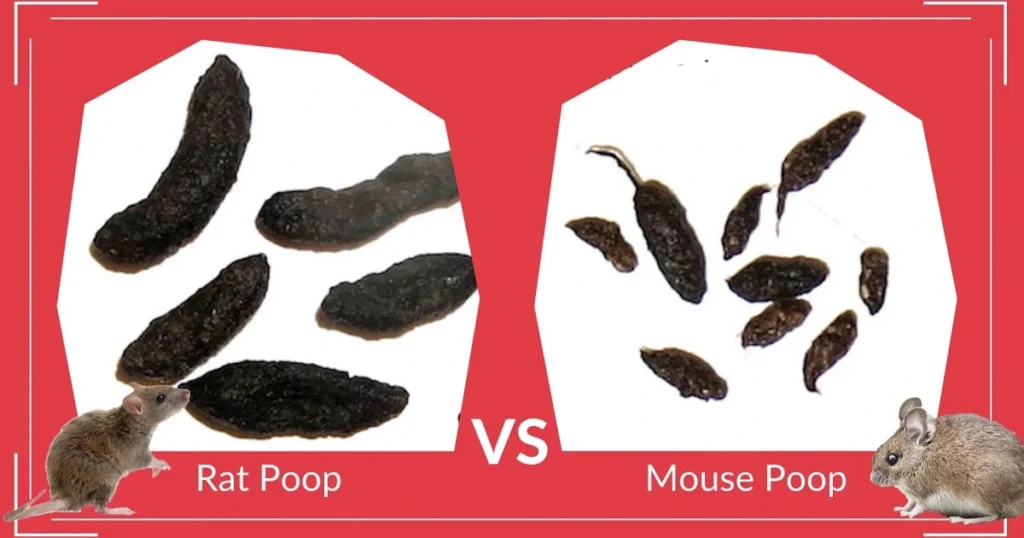
Rodent droppings can indicate a rodent infestation in your home or workplace. Identifying the type of rodent present can help you take the appropriate steps to control the infestation. In this section, we will discuss the characteristics of mouse and rat droppings and their differences.
Mice droppings are small, typically measuring around 1/4 inch in length. They are usually found scattered randomly in small groups. Mice droppings are usually black and have a rod-like shape with pointed ends. They are often mistaken for black rice grains or small seeds. Mice droppings are smooth in texture and have a distinct musky odor.
Rat droppings are larger in size, measuring around 1/2 to 3/4 inch in length. They are usually found in clusters and are often piled together. Rat droppings are typically brown in color and have a more cylindrical shape with blunt ends. They are often mistaken for raisins or larger seeds. Rat droppings are rough in texture and have a strong, pungent odor.
One key difference between mouse and rat droppings is their size and shape. Mouse droppings are smaller and more rod-like, while rat droppings are larger and more cylindrical. Another difference is the location where they are found. Mice droppings are often scattered randomly in small groups, while rat droppings are usually found in clusters and are often piled together.
It is also worth noting that different types of mice may have slightly different droppings. For example, deer mouse droppings are similar in size and shape to regular mouse droppings but often reddish-brown in color. On the other hand, field mouse droppings are similar in color to regular mouse droppings, but they are often more oval in shape.
In conclusion, identifying rodent droppings can be a helpful first step in controlling a rodent infestation. By knowing the characteristics of mouse and rat droppings and their differences, you can take the appropriate steps to address the problem.
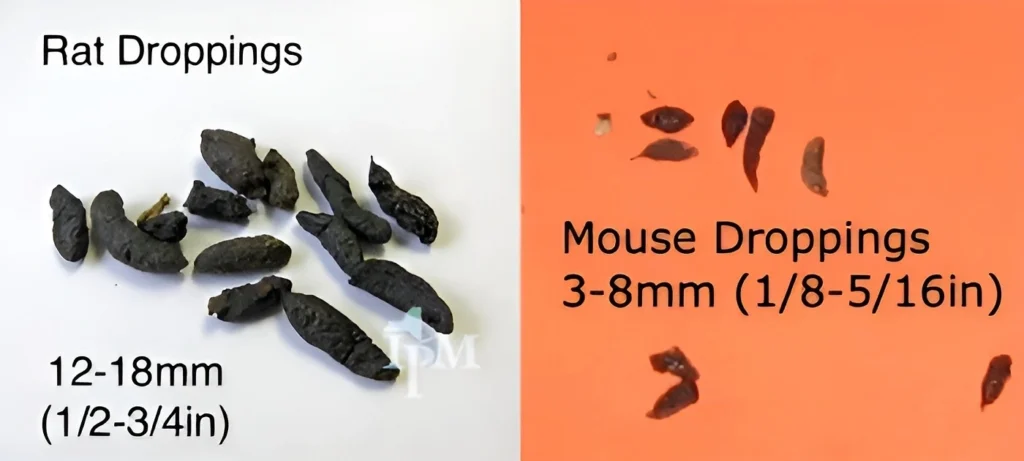
Rodent droppings, including those from mice and rats, can pose serious health risks to humans. These droppings can carry harmful bacteria and viruses that may cause diseases such as Hantavirus, Salmonellosis, and Leptospirosis. These diseases can be contracted by inhaling dust particles contaminated with rodent droppings, or by coming into direct contact with the droppings.
Proper sanitation is a must if we aim to prevent the spread of diseases from rodent droppings. If you find rodent droppings in your home, they are likely next to mouse urine, so cleaning and disinfecting the affected area is vital. Use gear like gloves and a mask to protect yourself from inhaling dust particles.
To clean the area, first remove any visible droppings using a paper towel or disposable cloth. Then, use a disinfectant or solution to clean the area thoroughly. Let the disinfectant sit for a while to kill all bacteria and viruses.
If you find rodent droppings or detect mouse urine smell in your kitchen or kitchen counter, it is vital to thoroughly clean and disinfect the area. Rodent droppings can contaminate food and utensils, leading to the spread of diseases.
If you find rodent droppings in your attic and a strong mouse urine odor, wearing a mask and gloves and cleaning the area thoroughly is vital. Rodent droppings in the attic can cause dust particles to circulate throughout your home, harming your health.
In conclusion, proper precautions are essential when dealing with rodent droppings. Always wear gloves and a mask, and thoroughly disinfect the affected area. Follow these steps, and help prevent the spread of diseases and protect yourself and your family from harm.
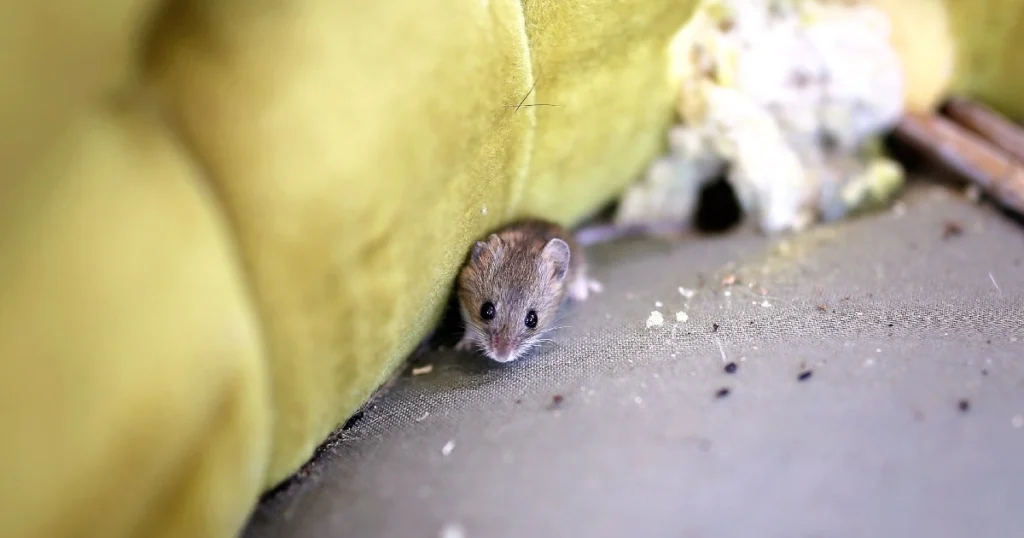
Identifying the presence of rodents in a home or building can often be done by detecting their urine's strong, pungent odor. Mouse pee smell is usually most noticeable in enclosed spaces such as attics, basements, and crawlspaces. Mice and rats both produce a distinct odor, but the smell of rat urine is generally more pungent and unpleasant than that of mice urine.
One way to identify mouse urine is to use a black light. When exposed to ultraviolet light, rodent urine stains glow brightly, making it easy to identify even in low-light conditions. Another way to detect rodent urine is to use your sense of smell. If you notice a musty odor in your home or building, it may be a sign of rodent infestation.
Once you have identified the presence of rodent urine, you must take steps to get rid of the odor. There are several methods for removing rodent odors, including:
Using these methods, you can effectively remove the smell of rodent urine from your home or building. Sealing all holes and cracks in your walls, floors, and ceilings and keeping your home clean and clutter-free is essential to prevent future infestations.

Preventing rodent infestations is crucial to avoid the health risks associated with rodent droppings. Follow these preventive measures to keep rodents away:
If you have pets, keeping their litter boxes clean and disposing of their waste correctly is crucial. Mice are known to eat cat poop, so it is important to keep litter boxes out of their reach.
Professional pest control options are available if preventive measures are insufficient to keep rodents away. A pest control professional can help identify the infestation’s source and plan accordingly. Some of these strategies include:
It is important to note that green mice poop is not an indication of a different type of rodent. Instead, it results from the rodent's diet and should still be cautiously treated. In the case of mice droppings on a couch or other furniture, it is important to clean the area to prevent the spread of disease.
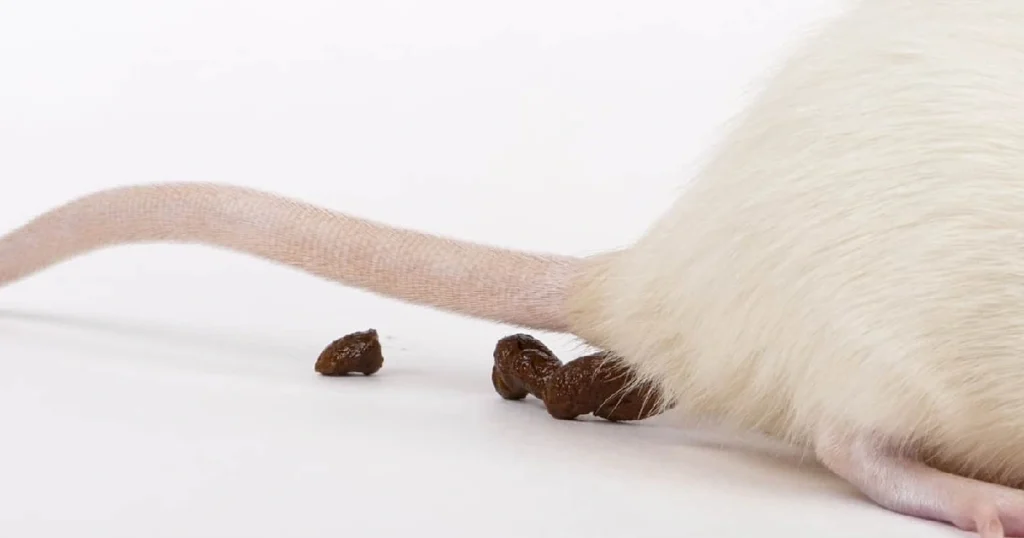
Regarding rodent droppings, people may have a few uncommon questions. Here are the answers to some of those questions:
It is important to note that while rodent droppings can carry diseases, not all droppings are infected. Therefore, it is vital to take precautions when cleaning up mouse droppings. Wear gloves and a mask and thoroughly disinfect the area.
If you are unsure about the type of rodent droppings in your home, consult a professional pest control service. They can identify the type of rodent and provide effective solutions for removal and prevention.
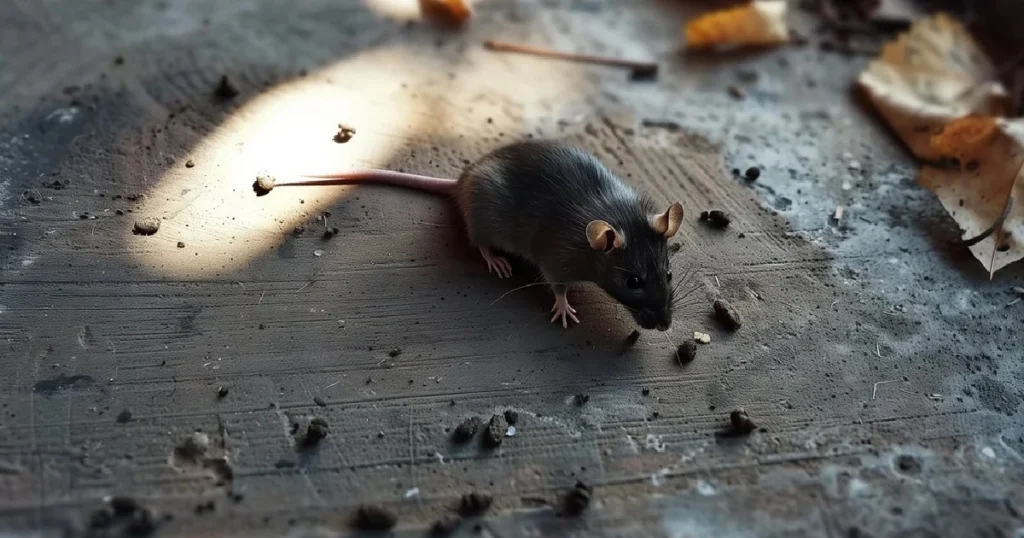
Dealing with rats and mice can be daunting, but it can be done effectively with the right approach. Critter Stop, a professional humane wildlife removal company, can help you with your problem. Critter Stop has a fantastic reputation and online customer reviews because it provides high-quality work and excellent customer service. Call Critter Stop at (214) 234-2616 for a free inspection to solve your problem with wildlife or pest removal from your property.
Firstly, it is crucial to identify whether you have a rat or a mouse problem. This can be done by examining the droppings left behind. Rat droppings are larger and darker in color, while mouse droppings are smaller and lighter in color. Knowing the difference between the two can help determine the best action.
Once you have identified the type of rodent, it is vital to prevent them from entering your property. This can be done by sealing any cracks or holes in your walls or foundation and keeping your property clean and clutter-free. Rats and mice are attracted to food, so storing all food in sealed containers is vital.
If you already have a rat or mouse infestation, it is essential to take action immediately. Critter Stop can help you by using humane traps to capture and remove rodents from your property. They can also help seal any entry points to prevent future infestations.
In conclusion, dealing with rats and mice can be challenging, but it can be done effectively with the right approach. Critter Stop can help you with your problem and provide you with a humane solution to your rodent infestation. Call Critter Stop at (214) 234-2616 for a free inspection and take the first step towards a pest-free property.
Mice and rat droppings have some similarities but also some key differences. Mice feces are generally smaller than rat feces and have pointed ends. Rat droppings, however, are larger and have blunt ends. Additionally, rat droppings may contain hair and bits of food, whereas mice droppings typically do not.
One way to distinguish between mice and rat droppings is by size and shape. As mentioned earlier, mice droppings are smaller and have pointed ends, while rat droppings are larger and have blunt ends. Another way to tell them apart is by where they are found. Mice leave droppings in areas where they nest or feed, while rats may leave droppings along their travel paths.
As mentioned earlier, mouse droppings are generally smaller than rat droppings. Mouse feces are typically about the size of a grain of rice, while rat feces are about the size of a raisin.
To eliminate the smell of mice's urine, it is crucial first to locate and clean up any urine-soaked areas. Use white vinegar and water to clean the affected area thoroughly. You can also use an enzyme cleaner designed to break down and eliminate urine odor.
Yes, there are commercial mice urine smell removers available. These products contain enzymes that break down the odor-causing molecules in the urine. Look for products that are specifically designed for use on pet urine or rodent urine.
If you find mouse droppings on your kitchen counter, cleaning the area thoroughly with a disinfectant cleaner is crucial. Use gloves and a mask to protect yourself from any potential health hazards. Identify and seal any entry points where the mice may enter your home.
Both mouse and rat droppings have a distinctive odor, but it can be challenging to differentiate between the two based on smell alone. The odor of the droppings can vary depending on the diet of the rodent, as well as the age of the droppings.
Typical mouse feces are small, dark, and cylindrical. They are usually about the size of a grain of rice and have pointed ends.
Mice can eat cat poop, but it is not standard behavior. Mice are omnivorous and will eat various foods, but they typically prefer grains, seeds, and fruits.
If you discover rodent droppings in your home, it is important to take action to eliminate the infestation. Identify and seal any entry points where the rodents may enter your home. Set traps or use bait to capture and remove the rodents. Clean up any droppings and disinfect the area thoroughly.
One common misidentification of rodent poop is mistaking it for insect droppings. Another common mistake is assuming that all rodent droppings are the same when there are differences in size and shape between mouse and rat droppings. It is crucial to identify the dropping type to eliminate the infestation effectively.
Visit our Critter Library and learn more about our furry friends